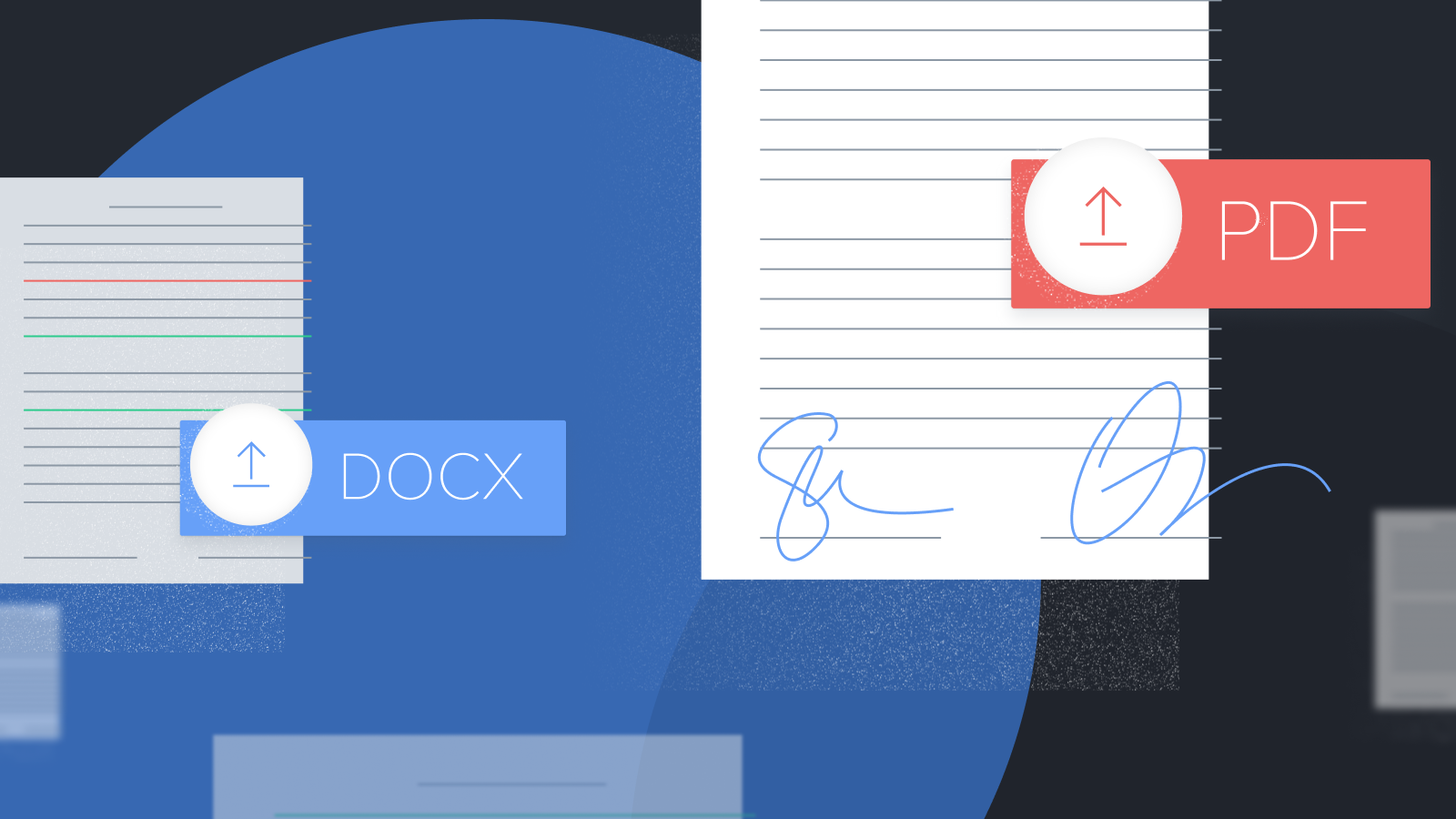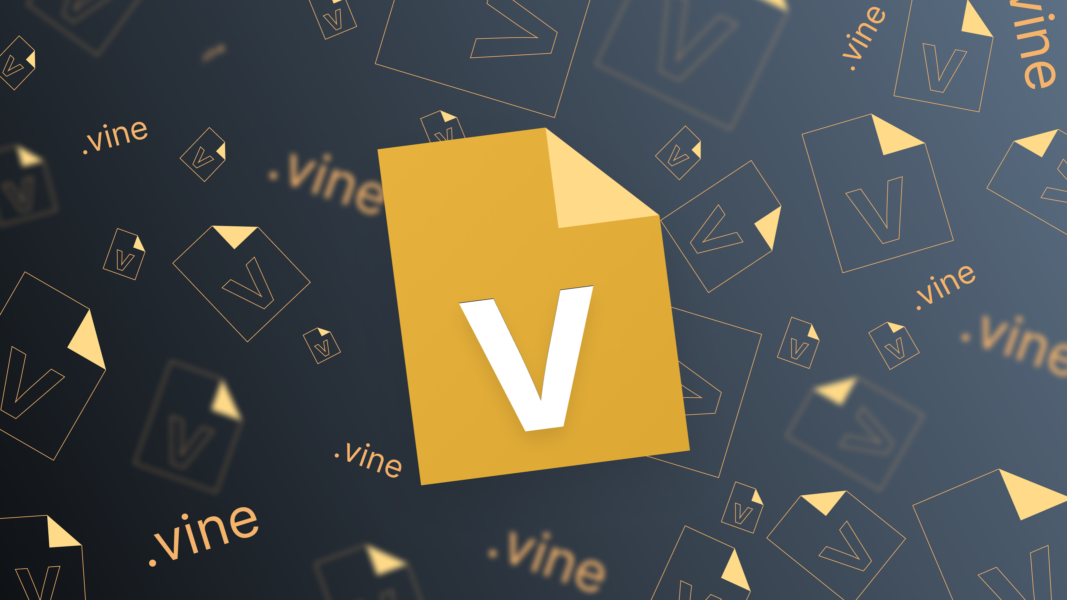When evaluating contract lifecycle management (CLM) software, the flexibility of the system to handle third-party contracts in addition to the company’s own contracts is often a high priority for most organizations. This is commonly referred to as third-party paper management.
But what is third-party paper management, why is it an important feature in CLM software, and how should it work? This is the first post in a two-part series on the ins and outs surrounding third-party paper management in CLM software. In this post, we’ll be covering the basics:
1. What are third-party contracts?
2. What is third-party paper management?
3. Why is third-party paper management important in a CLM?
Whether you’re new to the CLM space or knee-deep in vendor evaluations, this two-part series will help shed light on one of the most critical functions of CLM software. Let’s dive right in.
What are third-party contracts?
Simply put, third-party contracts are contracts that originate with the other party in a negotiation. On the flip side, “company” or “first-party” contracts refer to those that originate from your own organization. For organizations dealing with both buy-side and sell-side contracts, company paper is inbound where you’re selling to the market and third-party paper is outbound, buying from the market.
Let’s say you’re the Head of Finance investing in a new billing system for your company, and you eventually decide to proceed with a 1-year contract with your choice vendor. The vendor then sends you a Master Service Agreement (MSA), detailing the terms and conditions of your new relationship, which come into effect when both parties sign on the dotted line. Because the MSA originated from your vendor (i.e it’s not your company’s own MSA), this contract is referred to as a third-party contract.
What is third-party paper management?
These days, organizations in every industry are dependent on third parties to reduce costs, augment operational needs and introduce specialized services. With the reliance and influx of third parties also comes the need for the management of their contracts. Third-party paper management refers to a CLM system’s ability to intake third-party contracts, track their progression from start to finish, store for future access, and capture key data points that are important to you.
Traditionally, CLM systems are excellent at powering seamless management for your own contracts (i.e. first-party paper). With a CLM, your templates are already in place. A custom contract can be generated and ready to share with a simple click of a button and the completion of an intake form. Workflows for negotiation and approvals are already set in place, so contracts can flow from start to finish across all teams, seamlessly and efficiently.
When it comes to managing contracts received from external parties, however, things can get complex. Business users have traditionally had to rely on legal teams to process third-party paper needs outside of their CLM. This often means going back to the manual way of doing contracts, which involves endless back and forth emails to gather information, multiple messy PDF/ DocX versions, and documents buried in scattered inboxes — leaving the business open to risk, revenue leakage, and compliance issues
Fortunately, CLM systems today have advanced to introduce third-party paper management to solve this. With this capability, contracts that originate externally can be managed within your CLM system. Users can upload these contracts into the system to capture versions; track deal progression; run automated approval workflows; eSign; store documents; and report on key contract variables, effectively eliminating the chaos surrounding third-party contracts.
Why is third-party paper management important in a CLM?
As mentioned, most, if not all, organizations today deal on third-party paper. Depending on the nature of your business, the extent of it can vary. For example, companies that work heavily with external vendors (event managements, consultants, etc.) close most deals on external paper. For these types of companies especially, third-party paper management is critical to maintain contract control and oversight. According to a study by PwC, the impact of value leakage on a third-party contract when not managed properly can range anywhere between 5% to 15% of the contract’s value. The flexibility of your CLM to handle third-party paper is thus crucial in helping you:
- Maintain a 100% complete and accurate source-of-truth for all your contracts, not just the ones that originate from your company, for easy access to anyone who needs them.
- Accelerate the negotiation of third-party contracts by leveraging seamless workflows within your CLM.
- House and track third-party contract versions and redlines in one place.
- Provide all stakeholders with complete visibility over deal milestones.
- Capture key third-party contract data that aligns to what’s important to you for reporting and analysis.
Interested to learn more about third-party paper contracts and contract management?
The second post in this two-part series will cover what a typical CLM third-party paper management workflow looks like, as well as the critical elements to look out for when evaluating CLM software.
In the meantime, learn how Outlaw enables an end-to-end third-party paper management workflow that delights our customers. Then, download our Buyer’s Guide to CLM Software, where you can learn directly from 4 modern organizations, including Intrado and Beyond Pricing, who introduced digital contracting technology to their business.



